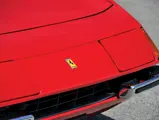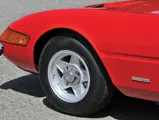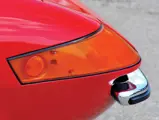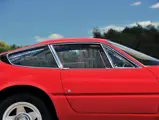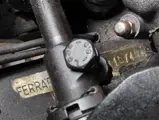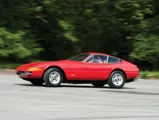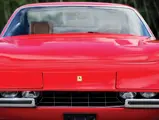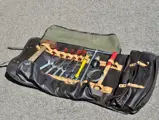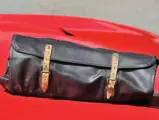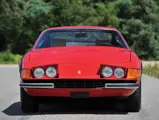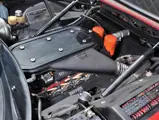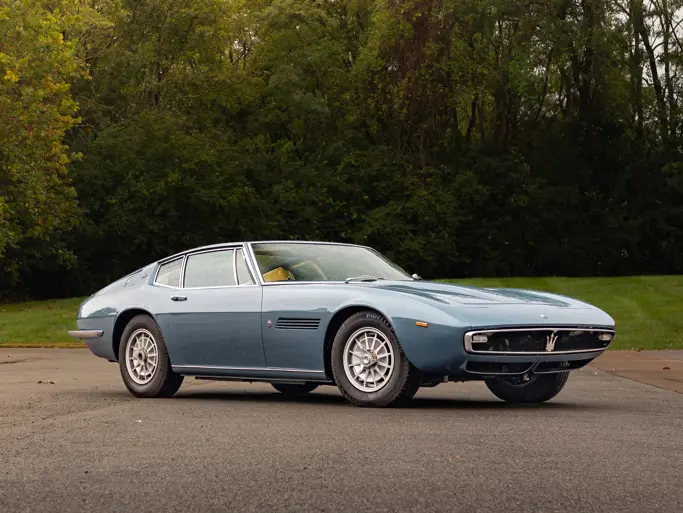
1972 Ferrari 365 GTB/4 Daytona Berlinetta by Scaglietti
{{lr.item.text}}
£470,400 GBP | Sold
{{bidding.lot.reserveStatusFormatted}}
- Fully matching-numbers example
- Documented by Ferrari historian Marcel Massini
- Originally finished in Verde Scuro over Beige
- Ferrari’s iconic grand tourer
- Accompanied by original tools
352 bhp, 4,390 cc dual overhead-camshaft V-12 engine with six Weber 40 DCN20 carburettors, five-speed manual rear-mounted transaxle, four-wheel upper and lower wishbone coil-spring independent suspension, and four-wheel hydraulic disc brakes. Wheelbase: 94.5 in.
When Ferrari’s newest grand touring berlinetta was about to be unveiled during the 1968 Paris Salon, many sceptics believed that the age of front-engine sports cars was quickly coming to a close. Lamborghini had unveiled the Miura two years before to great acclaim, as it not only combined incredible performance with breath-taking looks, but it also utilised a mid-engine format, which many believed would mark a paradigm shift in the design of sports cars and the beginning of the extinction of front-engine performance cars in general. However, as the cover came off the Daytona on Ferrari’s stand at Paris, it became clear that Ferrari had decided to stick with its tried-and-true front-engine format, and of course, the Daytona would prove to be more than a match for the Miura.
Even though the bodywork of the Daytona was a huge departure from the curvaceous 275 GTB/4, it was certainly an attractive automobile in its own right. It was penned by Leonardi Fioravanti, of Pininfarina, and was noticeably more angular than its predecessor, but it still carried the classic shape of a Ferrari grand touring berlinetta, with its long bonnet and short Kamm tail. The car was beautifully trimmed inside, and with a boot big enough to hold a weekend’s worth of luggage for two, the Daytona was the perfect European grand touring automobile. It was the ideal car for a high-speed jaunt across Europe, and it was also just as comfortable at 60 mph as it was at 160 mph.
Of course, the Daytona’s performance could certainly back up its incredible looks. It was graced with an all-new 4.4-litre V-12 engine, which was topped with six Weber carburettors. It was capable of producing 352 horsepower with 315 foot-pounds of torque at 7,500 rpm, and it could reach 60 mph from a standstill in 5.4 seconds. Should the driver decide to keep accelerating, the Daytona would top out at a speed of 174 mph, which was 3 mph faster than the Miura P400, making it the world’s fastest production car at the time of its unveiling. Ferrari had certainly proved that the front-engine layout was indeed still relevant, and it was more than capable of providing world-beating performance with unrivalled luxury. As a result, the Daytona quickly became the world standard in grand tourers, and the model sold very well over its five-year production run, with 1,284 berlinettas produced before the Daytona was phased out in favour of the mid-engine 365 GT4 BB, making it the last classic Ferrari V-12 grand touring berlinetta.
According to factory records, chassis 15749 was completed on 5 December 1972. It was finished in the very rare colour combination of Verde Scuro (20-G-186) over a Beige (VM 3218) leather interior and fitted with optional air conditioning. Before the end of the month, the car was shipped across the Atlantic to William F. Harrah’s Modern Classic Motors in Reno, Nevada. By 1976, the car was owned by Donald Groshong, of East Alton, Illinois. Groshong ordered parts and serviced the car through FAF Motorcars, the official Ferrari dealership in Tucker, Georgia. Groshong continued to own the Daytona until 1986, when he sent it to Bruce Vinyeard’s Continental Coachworks, where it was stripped in preparation for a total restoration.
However, that restoration was never finished by Groshong, and the car was later purchased by Gene Wagner, of Snellville, Georgia. Wagner completed the restoration, and during that process, the car was repainted red. In the late 1990s, the car was exported to Switzerland, where it has remained ever since. This Daytona presents very well, as it is still wearing its adopted colours of classic Ferrari red over beige with black Daytona inserts, and it would certainly attract lots of attention on the open road. The interior is particularly inviting, as it shows only a slight amount of patina, and it would be an excellent place to be in for a cross-country tour. It is important to note that the car still comes equipped with a proper tool kit, jack, and roll.
As the fastest road car the world had ever seen upon its unveiling, there was no doubt that the Daytona would become known as one of the most iconic models ever produced by Ferrari. It has been revered by tifosi both today and when new, as it combines breath-taking good looks with incredible performance that was world-beating at its time, and its performance is still considered exceptional, even by today’s lofty standards. In its current condition, this particular Daytona would either make a wonderful driver or an excellent basis for a restoration to its original and unique colour combination.





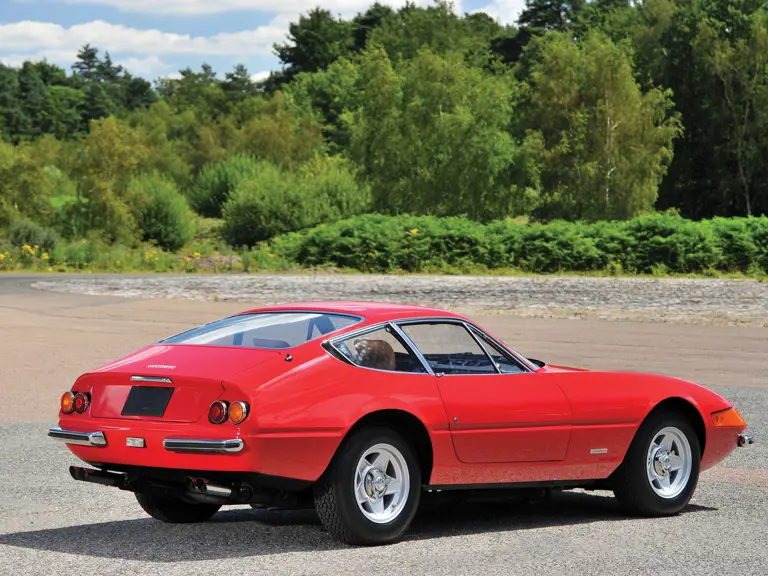

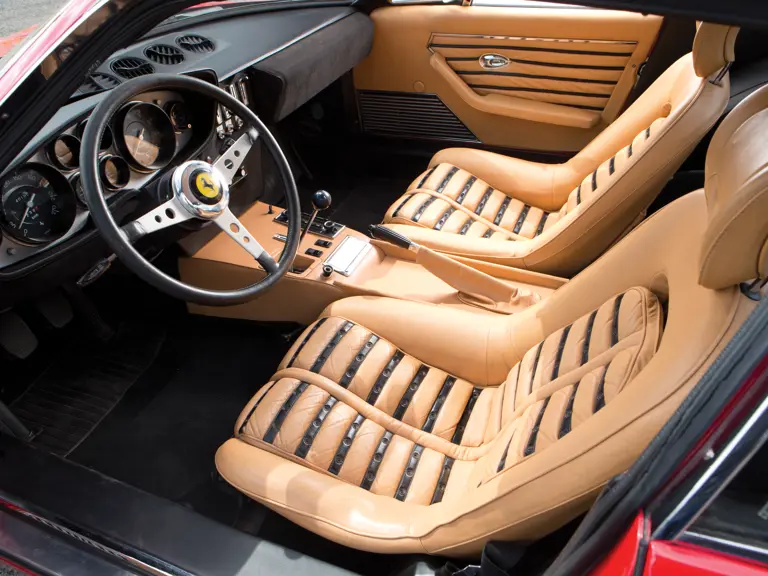

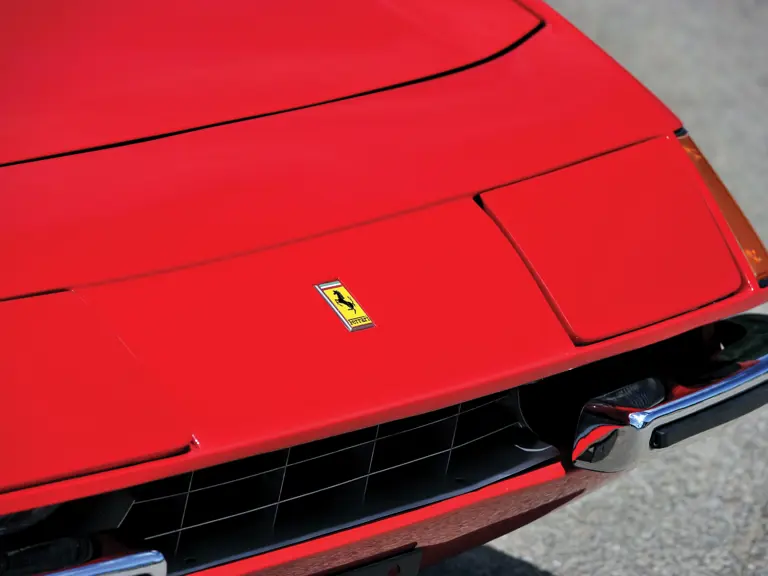
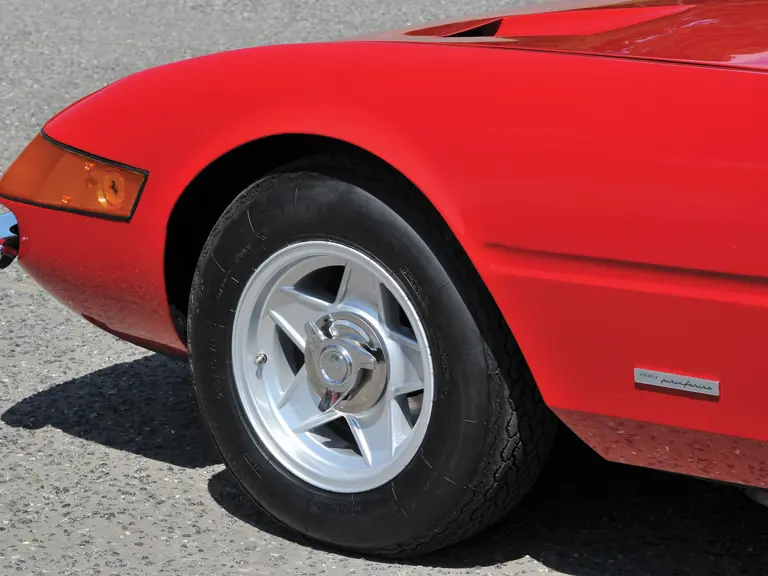
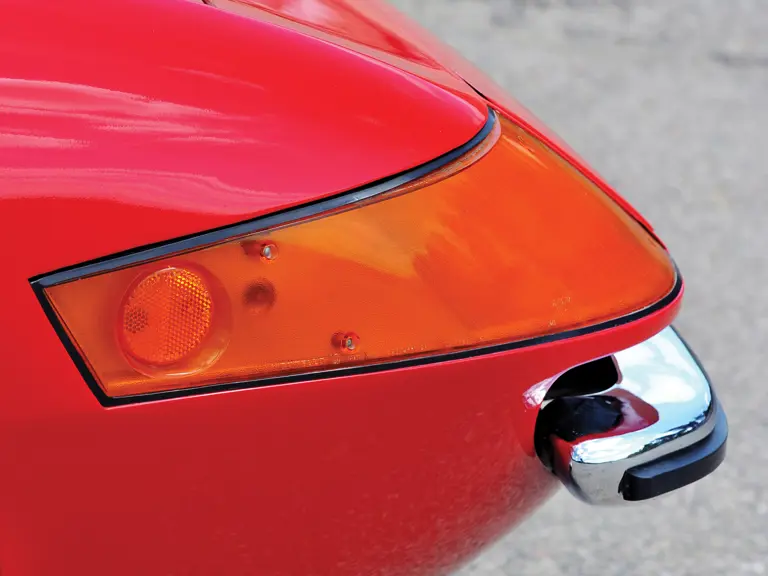
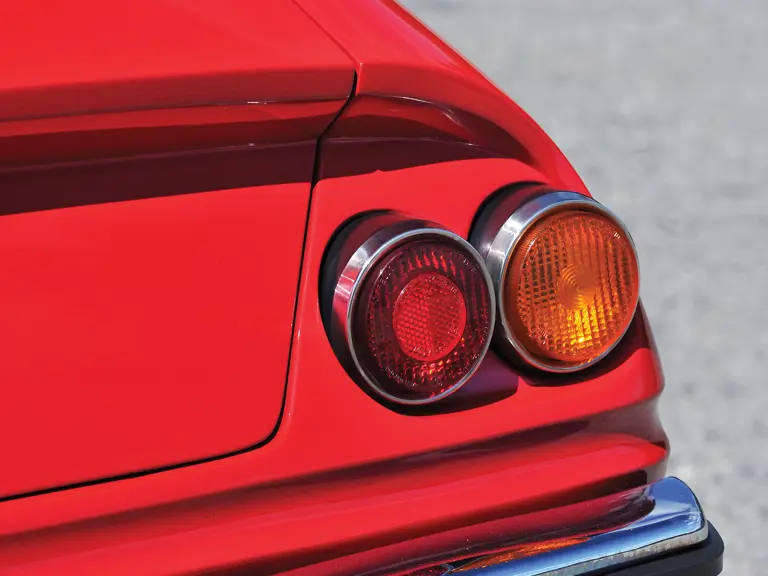
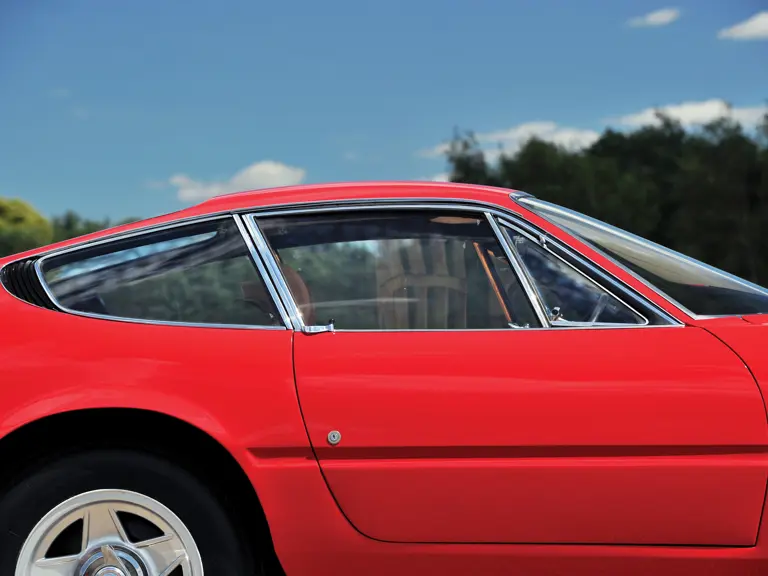
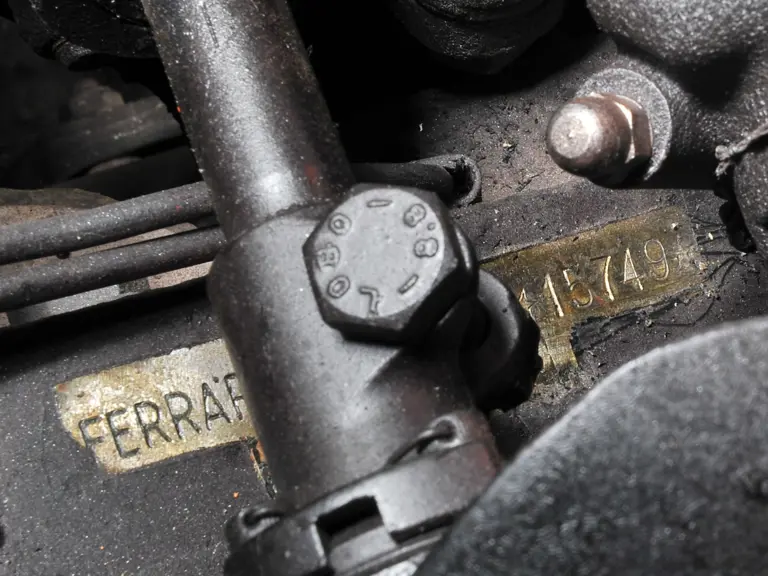
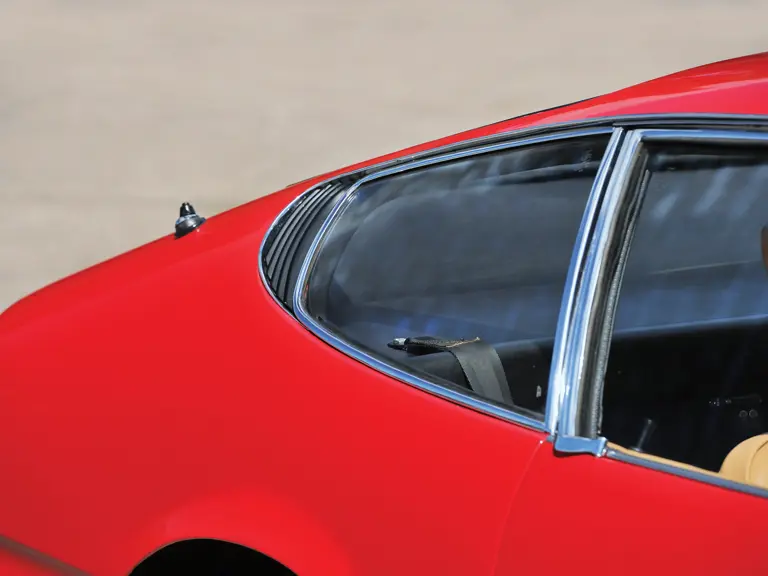

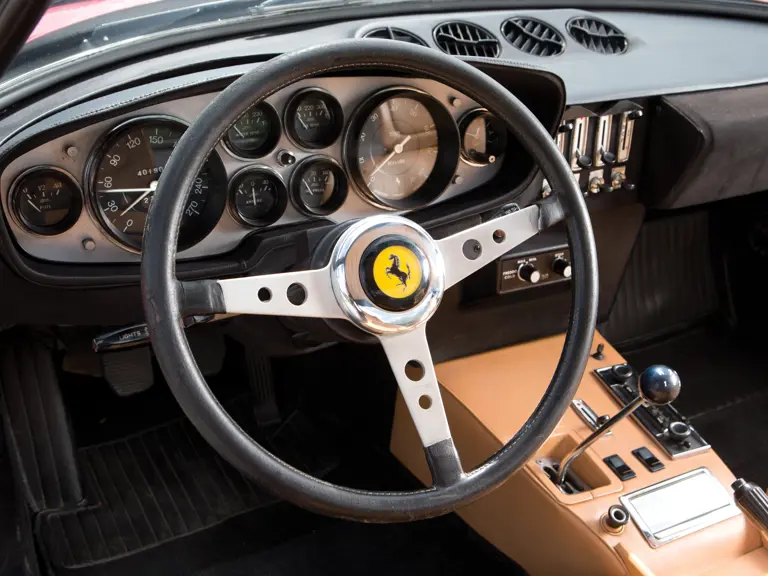



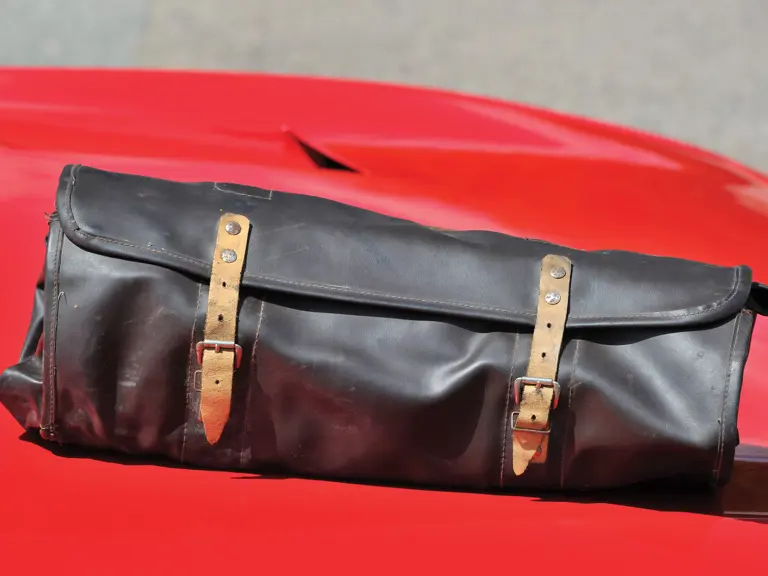
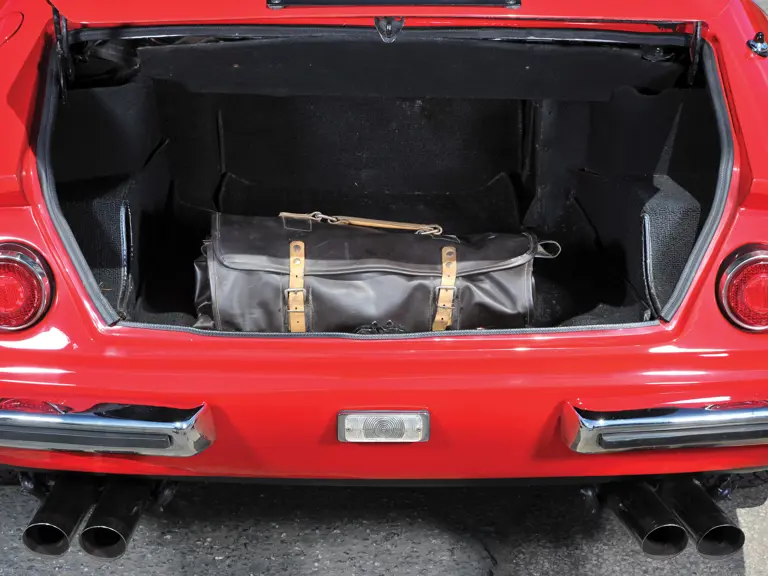
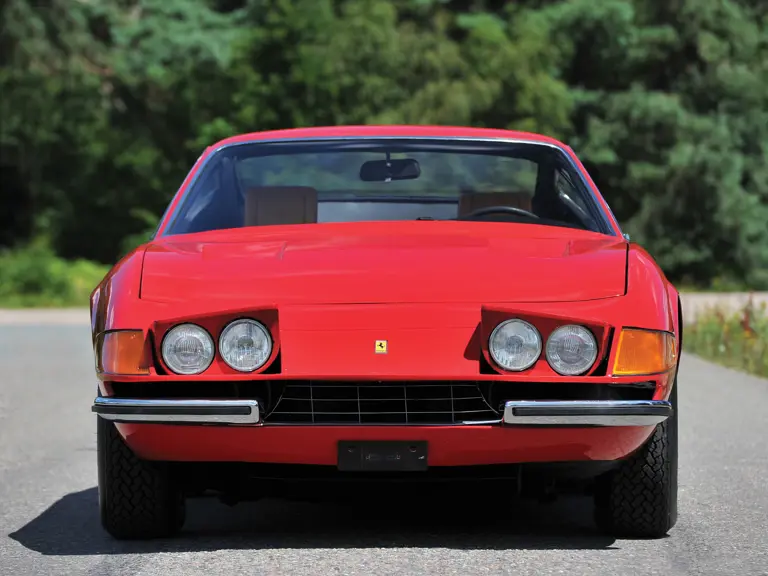
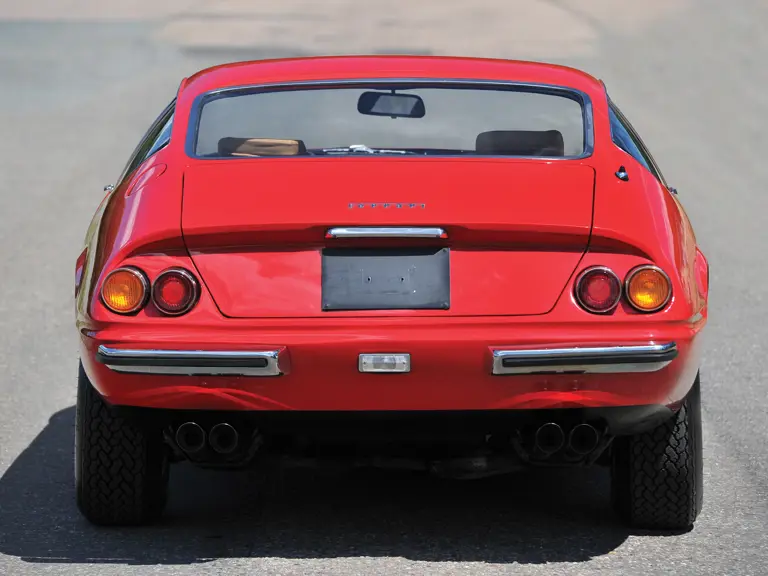
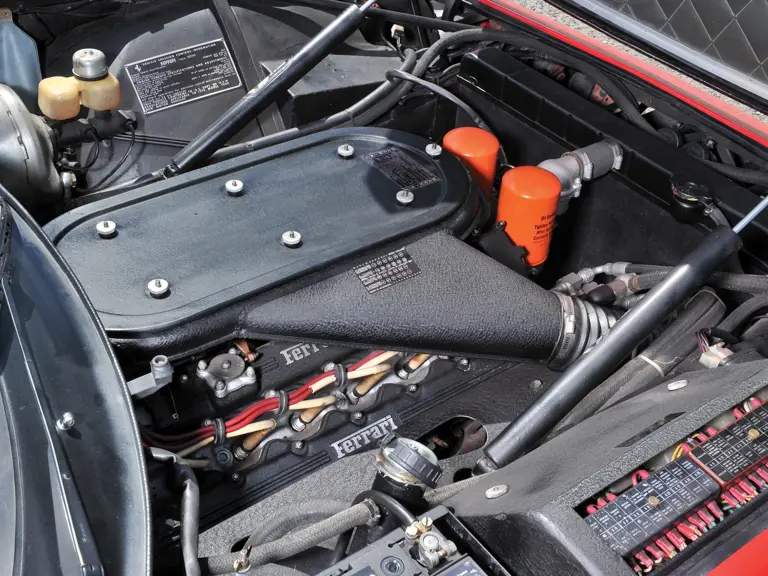
 | London, United Kingdom
| London, United Kingdom




